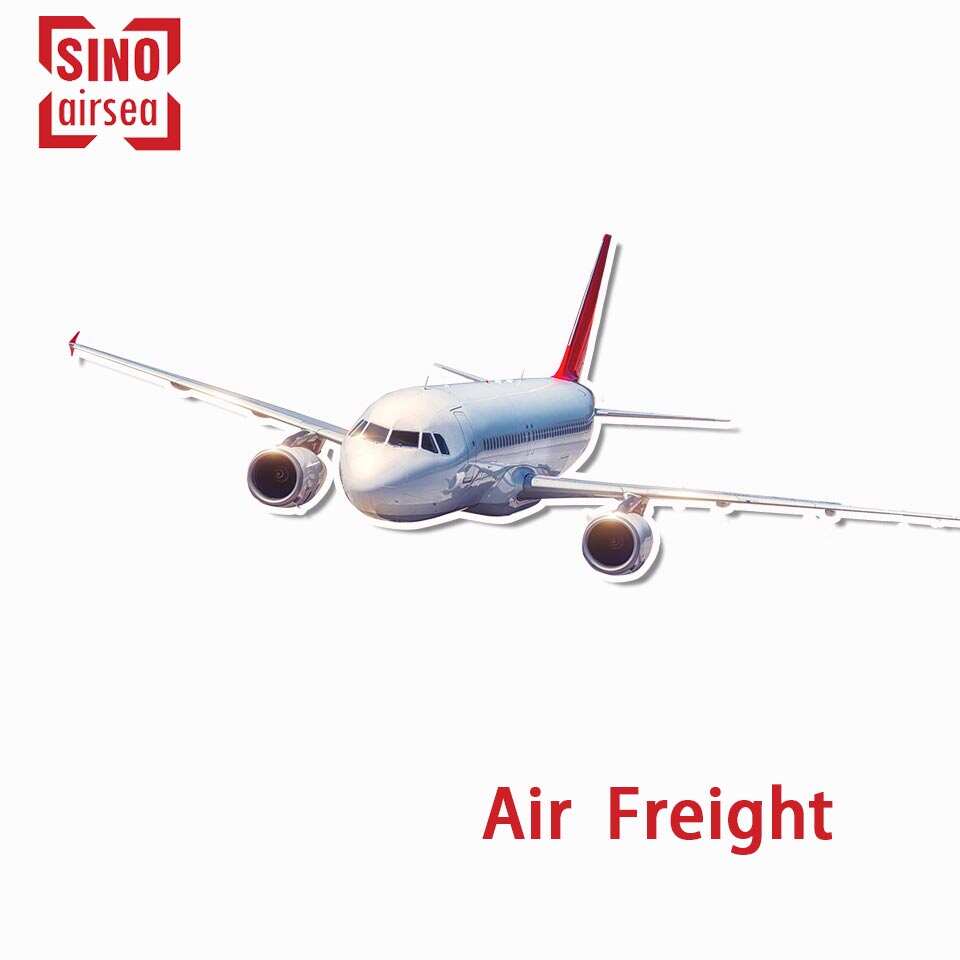Air Freight or Sea Freight: Choosing the Right Shipping Method for Your Business
In the world of logistics, businesses often face the dilemma of choosing between air freight or sea freight. Each method has its unique advantages and disadvantages, making the decision crucial for efficient supply chain management. This blog post aims to provide a comprehensive comparison of air freight and sea freight, highlighting their benefits, drawbacks, costs, and the circumstances in which each method is most suitable.
Understanding Air Freight and Sea Freight
Before diving into the comparison, it’s essential to define what air freight or sea freight entail.
- Air Freight: This involves the transportation of goods via air carriers. It’s typically faster than sea freight, making it ideal for urgent shipments.
- Sea Freight: This method uses cargo ships to transport goods across oceans and seas. While slower, it is often more cost-effective for large shipments.
Both methods play a crucial role in global trade and have distinct characteristics that can significantly impact business operations.
Key Factors to Consider When Choosing
When deciding between air freight or sea freight, several factors come into play:
1. Speed of Delivery
- Air Freight: Offers the fastest shipping option, with deliveries often completed within 1 to 3 days.
- Sea Freight: Typically takes longer, ranging from a few days to several weeks, depending on the distance and shipping routes.
2. Cost Efficiency
- Air Freight: Generally more expensive due to fuel costs and the premium nature of air transportation. It’s ideal for high-value, low-volume goods.
- Sea Freight: More economical for bulk shipments. Costs per unit decrease significantly with larger volumes, making it preferable for low-value, high-volume goods.
3. Reliability and Security
- Air Freight: Known for its reliability, with fewer delays and a lower risk of loss or damage.
- Sea Freight: While secure, it can be affected by weather conditions and port congestion, potentially leading to delays.
4. Environmental Impact
- Air Freight: Has a higher carbon footprint compared to sea freight due to the fuel-intensive nature of air travel.
- Sea Freight: More environmentally friendly for bulk transportation, with a lower impact per ton of goods transported.
Comparing Costs: Air Freight vs. Sea Freight
Cost is a significant factor in the decision-making process. Here’s a deeper look at the costs associated with each method:
- Air Freight Costs:
- Pricing Structure: Typically charged by weight and volume, making it costly for larger shipments.
- Additional Fees: May include security fees, fuel surcharges, and handling charges at airports.
- Sea Freight Costs:
- Freight Rates: Charged based on container size (20ft, 40ft) or weight. The cost per unit decreases with larger shipments.
- Port Fees: Includes unloading, handling, and customs clearance fees, which can add to overall costs.
To illustrate, a business shipping electronics might opt for air freight for a small, high-value shipment, while another shipping furniture in bulk would find sea freight more economical.
Transit Times: When Speed Matters
Speed can be a decisive factor for businesses operating in fast-paced markets. Here’s how each method performs:
- Air Freight: Ideal for time-sensitive shipments such as perishable goods, fashion items, or electronics that need to reach the market quickly. The ability to reach international destinations in a matter of days can provide a competitive edge.
- Sea Freight: Best suited for non-urgent shipments or bulk goods where timing is less critical. For example, manufacturers might use sea freight for raw materials that can be planned well in advance.
Customs and Regulations
Both air freight and sea freight must comply with various customs regulations, but the processes can differ:
- Air Freight: Often requires quicker customs clearance, which can expedite the shipping process. However, documentation must be precise to avoid delays.
- Sea Freight: May involve more complex customs procedures, especially for bulk shipments that require thorough inspections. Delays in port can affect overall delivery times.
The Role of International Airfreight
For businesses operating on a global scale, international airfreight plays a vital role in facilitating trade. It allows companies to expand their reach quickly, respond to market demands, and maintain inventory levels efficiently. 
Conclusion: Making the Right Choice
Ultimately, the decision between air freight or sea freight depends on several factors, including:
- Type of Goods: High-value items may warrant air freight, while bulky, low-value products might be better suited for sea freight.
- Budget: Consideration of overall shipping costs versus the importance of speed.
- Market Demands: The speed with which goods need to reach customers can significantly influence the choice.
For businesses that prioritize speed and reliability, air freight may be the preferred option. In contrast, companies looking to reduce costs for large shipments may find sea freight to be the better choice.
By understanding the unique benefits and challenges of both air freight or sea freight, businesses can make informed decisions that align with their operational needs and strategic goals.
In conclusion, whether you opt for air freight or sea freight, understanding your specific requirements will help you navigate the complexities of international shipping effectively.


